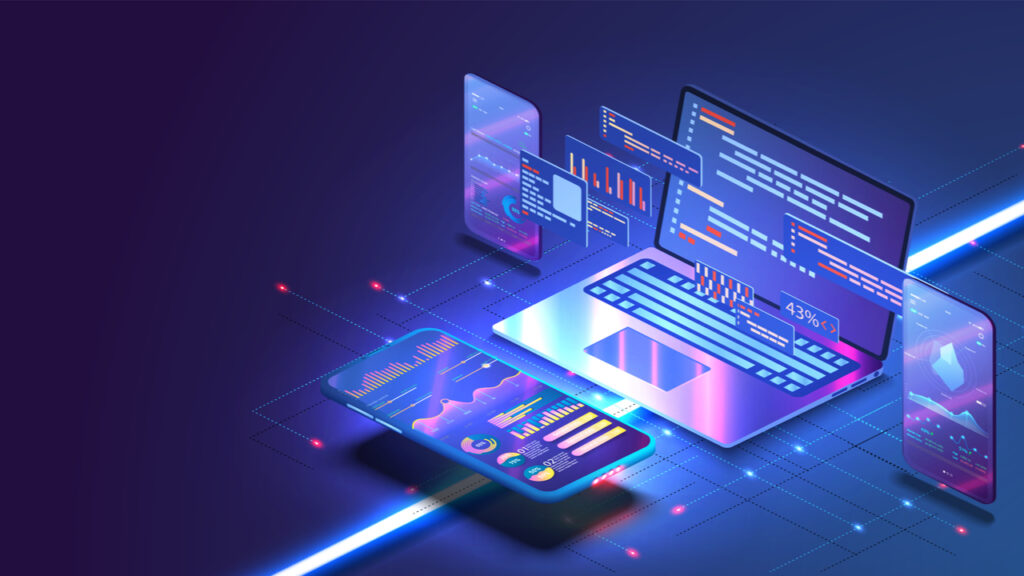The more interesting question is: How will the technology we have today impact the insurance industry and how might you position yourself to take advantage?
I believe we are heading into a disruptive time for the insurance industry. Why? The amount of data being generated today, the ability to efficiently store these data and the potential to analyze it to better understand risk, will provide huge opportunities for the insurers who prepare themselves, and who take advantage of the capabilities offered by these new technologies.
For most of the last century, property and casualty insurance has operated on the law of large numbers. While we may know certain factors translate into higher risk profiles, most of these factors/attributes are not directly related to losses. These factors aggregated together help insurers estimate loss frequency, which along with loss severity helps to paint a picture of the needed rate levels.
To use the personal auto example, using attributes like driver’s age, gender, marital status, garage ZIP-code, etc., have worked well. The personal auto insurance line of business is the largest P&C line in the United States, and the competition among carriers seems to increase every year. However, these attributes are surrogates for what insurers would rather know: Where is the vehicle at all times and where, when and how is it being operated? These questions are now being answered through a variety of telematics offerings, whether they be new products from existing carriers or companies founded solely based on the benefits of these new and evolving capabilities: OBD1 vs. OBD2 (onboard diagnostic, smartphone, smartphone+tag). Answering the questions above about the true nature of risk will ultimately mute and potentially eliminate the use of the older attributes.
Telematics is an obvious example of how data can potentially disrupt a line of business. Customers’ who have chosen to use these telematics products quickly saw reductions in their rates when their driving patterns changed dramatically during the pandemic because the real-time nature of the data and its accuracy were known. And, we’ve only scratched the surface on how better analysis of these data will lead to more accurate rates for risk.
“The personal auto insurance line of business is the largest P&C line in the United States, and the competition among carriers seems to increase every year”
Now, from this auto example, think more broadly about two things; data and risk. We all know IoT has created a proliferation of sensors, cameras, servers, logs, etc., which are generating huge amounts of data every second of every day. Most of these data today can be fairly described as digital exhaust, but now bring the risk component into our thinking.
How will we use these data to better understand risk?
Let’s explore two use cases in the market today:
Aerial imagery and Workers’ Compensation
Aerial Imagery. A significant risk factor for the homeowners’ line of business is roof damage, which typically occurs from storms — high wind-driven rain, large hail, tree limbs, etc. Aerial imagery in conjunction with computer vision imagery analysis can calculate the precise square footage of a roof accounting for slope, gables, etc., which helps better price replacement cost. Additionally, imagery analysis can determine the actual quality of the roof. Is there pre-existing damage? Are there missing shingles/tiles? Is the shingle asphalt worn away? Beyond just the roof itself, imagery can interrogate the proximity of large trees, and tree limb overhang.
All of these homeowner imagery examples augment current understanding of the nature of a risk currently assumed into the general rate level. Insurers who are better able to understand risk, will be able to better segment and price for the risk. As we’ve seen in both the Personal and Commercial auto/vehicle lines of business, better risk/rate segmentation leads to disruption.
Workers’ Compensation. Today, a number of startup companies are introducing wearable sensors into the workplace. The data generated from these sensors is helping to provide both employees and employers with better information about how/where injuries occur and then educating on to avoid future injuries. Similarly, smart building systems are being introduced into building renovations to better manage one of the highest expense items in building maintenance; electricity for heating and cooling. These smart systems can also be augmented with low cost sensors to track building usage patterns to intelligently vary heating and cooling to save costs. Will these data also be used to better understand Workers’ Compensation risk inside of buildings?
The point I’d like to leave you with is not the examples discussed above. Instead, the data that enabled the creation of the examples above is going to continue to grow and help better understand, evaluate and ultimately price for risk across the whole spectrum of risks covered by P&C products today. Companies able to consume real time data, gain insights from it, and build new and better products, will continue to accelerate away from companies who continue to operate as they’ve always done.
Are you prepared to take advantage of the possibilities enabled by technology today?
Source: Insurance CIO Outlook








